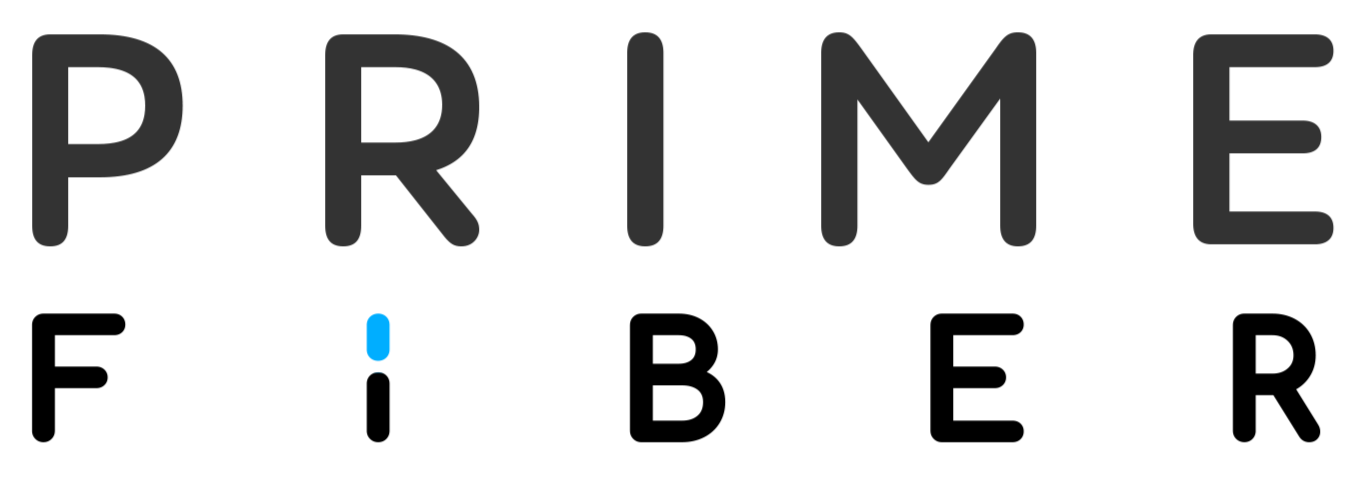
PRIME FiBER Begins Construction on High-Speed Network in Sun City Under AT&T Partnership
Digital Gold Rush: PRIME FiBER's Sun City Project Reveals New Battleground in America's Broadband Future
In the scorching desert heat of Sun City, Arizona, a different kind of infrastructure race is heating up. PRIME FiBER, backed by InLight Capital, broke ground last month on a high-speed fiber network that represents far more than just another telecommunications project. The June 18th ceremonial groundbreaking, which officially transitioned to active construction on July 10, marks a pivotal moment in what industry watchers call the "capacity land-grab" reshaping America's digital landscape.

The Desert Oasis Becoming a Digital Proving Ground
Sun City might seem an unlikely epicenter for digital transformation. With a median age of 72 and household income of $52,000, this retirement community doesn't fit the typical profile of early tech adopters. Yet this demographic represents precisely what makes the area a strategic goldmine for fiber deployment.
"This is a big moment for Sun City," said George Karatzis, Chief Build Officer at PRIME FiBER, during the groundbreaking ceremony. "Our team is proud to officially kick off construction and begin delivering the kind of infrastructure that helps communities thrive."
What makes this project particularly significant is that only 6.7% of Sun City homes currently have fiber access, despite cable having 99% coverage. This creates what one analyst describes as "the perfect zero-to-one opportunity" – an untapped market where the first fiber provider can secure remarkable penetration rates.
"'Silver-tech' retirees maintain high streaming demand with notably low churn," explains a telecommunications researcher who tracks demographic trends in broadband adoption. "They represent an ideal customer base for reliable, high-speed connectivity."
Beyond Pipes: The Wholesale Revolution Transforming Telecommunications
PRIME FiBER's Sun City project isn't operating in isolation. It's part of AT&T's ambitious strategy to reach 60 million fiber locations by 2030, as confirmed by Caleb Deerinwater, SVP Transformation and Enablement at AT&T: "Our collaboration with PRIME FiBER in Sun City will bring us one step closer to our goal."
This wholesale model – where one company builds and maintains the physical infrastructure while multiple service providers lease access – has gained remarkable momentum throughout 2024-2025. Industry insiders call it nothing short of revolutionary.
"The economics of fiber deployment have fundamentally changed," notes a veteran telecommunications consultant. "No single provider can economically build everywhere anymore – not even giants like AT&T. The wholesale approach allows for rapid expansion without duplicating costly infrastructure."
The evidence is compelling. AT&T has signed agreements with at least four open-access providers, including PRIME FiBER. Verizon recently acquired Frontier Communications for $20 billion, while T-Mobile purchased a 50% stake in Lumos. These moves signal a fundamental shift in strategy from vertically integrated networks to more collaborative, capital-efficient approaches.
The Financial Calculus Behind the Fiber Rush
The economics driving this trend reveal why investors are increasingly bullish on companies like PRIME FiBER. In Sun City's desert terrain, underground fiber deployment costs between $950-$1,150 per passing, with all-in costs (including electronics and equipment) reaching approximately $1,200-$1,400 per home – significantly lower than many urban markets.
On the revenue side, the math becomes even more compelling. By year five, each connected home is projected to generate about $48 monthly through a combination of wholesale access fees, additional service providers, and enterprise backhaul services. After operating expenses, that translates to approximately $288 annually per passing.
For a cohort of 100,000 homes with a 45% take-rate (percentage of homes subscribing to service), PRIME FiBER could achieve an unlevered IRR of 17% – exceptional returns in infrastructure investing.
"Even in bear-case scenarios with lower take-rates and higher build costs, the economics still clear most infrastructure debt covenants," observes a portfolio manager specializing in digital infrastructure investments. "That's why patient capital is flooding into this space."
The Valuation Game: Why Wall Street Is Taking Notice
The recent wave of fiber transactions provides a compelling valuation framework. Verizon's acquisition of Frontier valued the company at $2,700 per passing and 8.5x EBITDA. T-Mobile's Lumos joint venture implied a valuation of nearly $3,000 per passing. These benchmarks suggest significant upside for early investors in wholesale fiber platforms.
"We're seeing a widening valuation gap between neutral-host fiber and legacy single-tenant assets," explains an investment banker who has advised on several recent telecommunications deals. "The multiple expansion reflects the superior economics and flexibility of the wholesale model."
If PRIME FiBER reaches 350,000 passings across Arizona and Florida by 2027 with a 45% take-rate, a valuation between $800 million and $1 billion appears reasonable based on comparable transactions. That would represent $2,300-$2,900 per passing – firmly within the range established by recent deals.
The Road Ahead: Catalysts and Challenges
Several key milestones will determine PRIME FiBER's success in the coming years. The first homes going live in Sun City will provide crucial data on adoption rates and customer satisfaction. Signing a second internet service provider beyond AT&T would validate the multi-tenant thesis, while securing additional debt financing above $300 million would signal lender confidence.
Challenges remain, however. Cable providers like Cox already offer competitive speeds through DOCSIS technology, and potential interest rate shocks could pressure project returns. Policy risks also loom, as federal broadband funding programs could distort competitive dynamics in certain markets.
A New Digital Dawn
For investors, communities, and consumers alike, the wholesale fiber revolution represents a fundamental restructuring of America's digital infrastructure. The PRIME FiBER groundbreaking in Sun City offers a window into this transformation – a transformation that promises more choices, better prices, and faster service rollouts as competition increases on shared infrastructure.
"The shift from availability to capacity will define the next decade of broadband development," predicts a telecommunications policy expert. "We're moving from asking 'who has access?' to 'who has enough bandwidth for tomorrow's applications?'"
As Sun City's first fiber-enabled homes come online in the coming months, they'll serve as a bellwether for this new approach to building America's digital future – one strand of glass at a time.